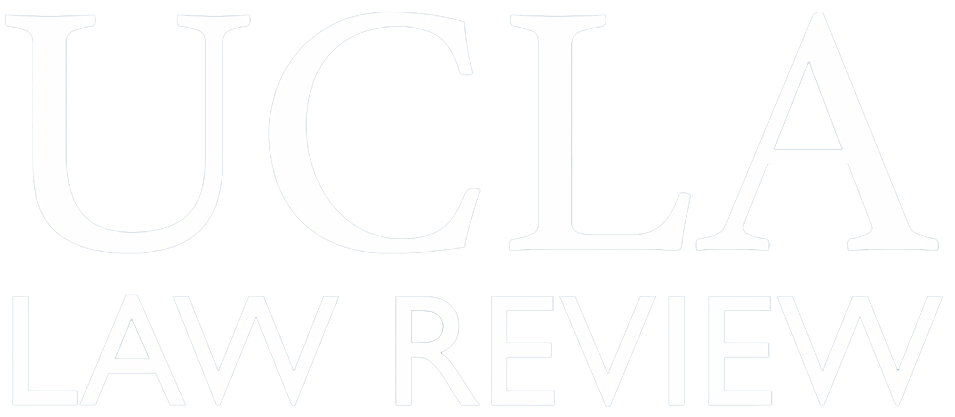Abstract
The police killing of George Floyd added fuel to the simmering flames of racial injustice in America following a string of similarly violent executions during a global pandemic that disproportionately ravaged the health and economic security of Black families and communities. The confluence of these painful realities exposed deep vulnerabilities and renewed a reckoning with the long unfulfilled promise of racial equality, inspiring large-scale protests around the country and across the globe. As with prior movements for racial justice, from slavery abolition to the civil rights movement’s demand to end Jim Crow, protests have been met with extreme force, either state-led or state-sanctioned. Historically, and currently, these aggressive responses to frustrate and limit the effectiveness of racial justice movements have been aided by targeted surveillance strategies. Most recently, these surveillance tactics have grown in sophistication and capability, as seen with state and national police forces using an array of advancing technologies that capture biometric data, deploy artificial intelligence (A.I.), and visually track and record personal movements over wide distances and time periods. The ability to surveil and disrupt protests has profound implications for political expression, democratic governance, and the possibilities of achieving racial justice. This Article argues that while the Fourth Amendment is presumed to check the state’s power to surveil, it often facilitates the very practices it should limit. Fourth Amendment jurisprudence on surveillance and the legal norms that have developed around police monitoring present significant barriers to challenges of the contemporary surveillance technologies utilized against Black Lives Matter movements. Given the limits of traditional privacy frameworks to account for the historical realities and threats of racialized surveillance practices, the Article promotes a race justice lens as necessary in understanding and navigating police surveillance technology discourse and fashioning appropriate responses. It concludes that local and federal advocacy, a reckoning with constitutional interpretation, and legislative action may be necessary to counter police power to surveil, including concerted efforts to meet the demands of the movement. Those demands call for shifting the dominant narrative on what safety entails and requires and limiting the reach of and reliance on law enforcement.
